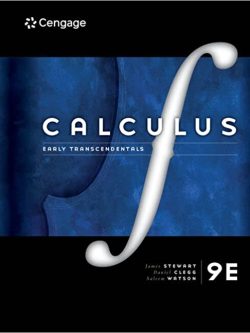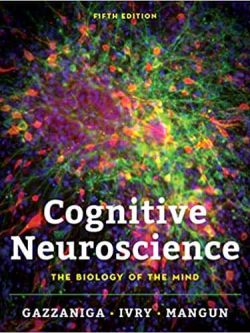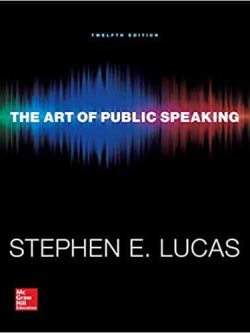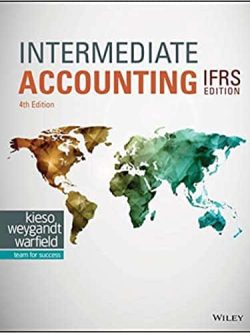Specifications
| book-author | B. Burt Gerstman |
|---|---|
| file-type | |
| file-size | 22MB |
| isbn10 | 1284025462 |
| isbn13 | 978-1284036015 |
| language | English |
| publisher | Jones – Bartlett Learning |
Book Description
Basic Biostatistics, Second Edition, is a concise and accessible introductory text designed to provide a comprehensive understanding of biostatistical principles. Aimed at students in public health and biomedical fields, this book covers the fundamental concepts and techniques necessary for analyzing and interpreting data in these disciplines.
The book is divided into three parts, each focusing on different aspects of biostatistics. Part I serves as an introduction, presenting key concepts such as sampling, exploratory data analysis, estimation, hypothesis testing, and power and precision. Through detailed and illustrative examples, students gain a solid foundation in these essential statistical methods.
Part II delves into analytic techniques for quantitative response variables. This section explores various methods for analyzing numerical data, equipping students with the skills to interpret and draw meaningful conclusions from these types of data. The inclusion of exercises throughout the book ensures that students can actively apply their knowledge and reinforce their understanding.
Part III focuses on techniques for categorical responses. Students learn how to analyze data that are divided into categories or groups, allowing them to examine associations and draw inferences about different variables. By covering both quantitative and categorical responses, the book provides a well-rounded understanding of biostatistical analysis across different types of data.
The Second Edition of Basic Biostatistics includes numerous new exercises, enabling students to practice and further strengthen their statistical skills. The book adopts a language that is accessible to individuals with limited mathematical backgrounds, making it suitable for both undergraduate and graduate students in various public health fields.
The authors emphasize the application of statistical methods through illustrative examples and exercises, ensuring that students can connect theoretical concepts to real-world scenarios. To facilitate the learning process, answers to odd-numbered exercises are provided in the back of the book, with the option for instructors to request answers to even-numbered exercises from the publisher.
Recognizing the importance of statistical software in modern data analysis, the book gives equal attention to manual calculations and the use of statistical software such as StaTable, SPSS, and WinPepi. This comprehensive approach allows students to develop proficiency in both manual calculations and the utilization of software tools commonly used in the field.
In addition, Basic Biostatistics offers a comprehensive companion website that provides additional resources for both students and instructors. This includes supplementary materials, such as datasets, PowerPoint slides, and test banks, to enhance the learning experience and support instructors in their teaching.
In conclusion, Basic Biostatistics, Second Edition, is an invaluable introductory text that equips students with the necessary skills to analyze and interpret data in public health and biomedical fields. With its clear explanations, illustrative examples, and accessible language, this book is an excellent resource for students seeking a solid foundation in biostatistical principles.









Reviews
There are no reviews yet.